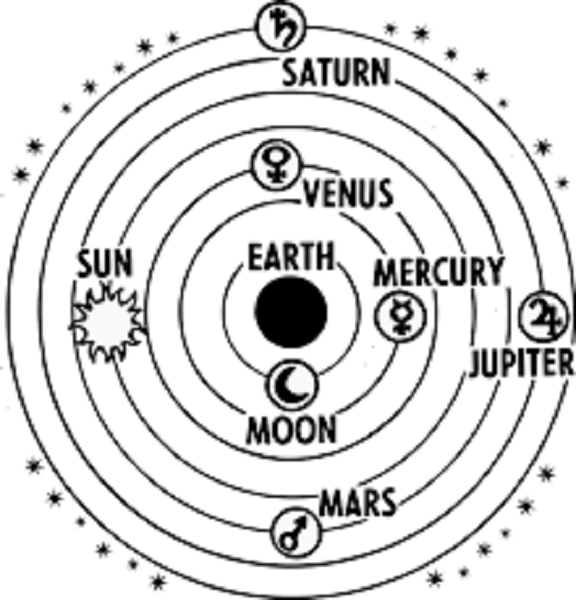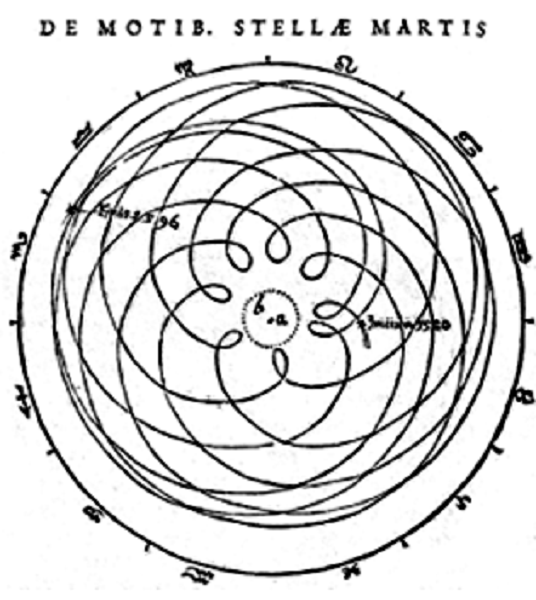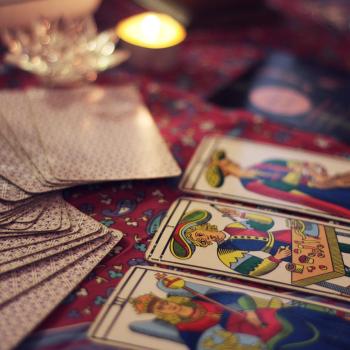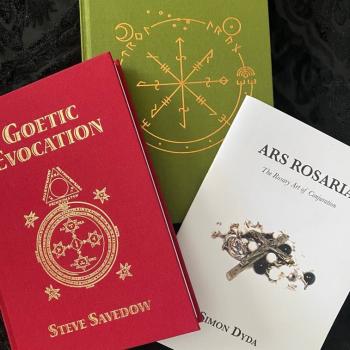The Venus Rose
Venus and Mercury are the two planets within Earth’s orbit. Their unique positions put them in a different perspective than the outer planets, and they have a special influence over humanity. For example, the Mercury Retrograde is a commonly occurring astronomical event because of the planet’s short orbital time. All of the planets have retrogrades at different times, but the Mercury Retrograde is the most talked about because it influences communication, technology and commerce. Venus has its own special influence over the Earth and its inhabitants. Venus is unique because it orbits the Sun counter clockwise like the other planets, but has a retrograde rotation in a clockwise direction. Venus’ rotation is so slow that a year on Venus is shorter than one day!
One of the most intriguing aspects of Venus’ dance across the night sky can be seen from our position here on Earth. If we look at Venus’ orbital return over an eight year period, following the positions of inferior conjunction when Venus is positioned between the Earth and Sun, the path created is called the Rose of Venus. Another interesting geometric pattern can be found by connecting the five points of inferior conjunction over the eight year period. From a geocentric point of view; if the orbital pattern is followed creating the Rose of Venus and the points of intersection are connected the pentagram of Venus is revealed within the petals.

The Morning Star and Evening Star
Since Venus is the brightest object in the sky after the Sun and Moon, the planet can be seen from Earth with the naked eye. Venus was seen and recognized by ancient civilizations such as the Phoenecians, Sumerians, Babylonians, and of course, the later Greeks and Romans. Venus became an important part of ancient astronomy. However, the first person to discover the phases of Venus in the modern age, was Galileo Galilei in 1610. This discovery helped to support the heliocentric, sun-centered view of the solar system that was denied by church doctrine at the time. Since Venus is within the orbit of Earth, this causes the planet to appear on one side of the Sun or the other from our perspective. This causes the phases of Venus as well as the planet’s apparition in the morning and night sky.
Due to the unique path that Venus takes around the Sun; for part of the year Venus precedes the Sun in the early morning sky and gradually shifts to follow the Sun in the evening. This is where the name Morning Star and Evening Star originates. Ancient stargazers often believed them to be two separate celestial bodies, giving them separate names. The Ancient Greeks named the Morning Star Phosphoros, the bringer of the morning sun. The Evening Star was called Hesperos, during the part of the year Venus follows the Sun below the evening horizon. The Ancient Romans, drawing much of their culture from the Greeks, latinized these names calling them Lucifer, the bringer of light and Noctifer the bringer of darkness. (Nigel Jackson, Masks of Misrule)
In classical and medieval folklore, Venus became associated with witchcraft via the ars veneris, or love magic. Sometimes referred to as the feminized Lucifera, her associations with Diana the goddess of witchcraft and Dame Venus of the Germanic witches, begins to show us an underlying theme of Luciferian symbolism. In modern traditional witchcraft circles many of these traditional associations are still observed when discussing the nature of the Queen of Witches, and her male counterpart the Witch Master. The symbol of the pentagram, with its connection to the planet Venus, serves as a reminder of this traditional association and is underlying Luciferian gnosis.

Beltane, Walpurgisnacht, and the Morning Star
Venus recently began her morning apparition in the pre-dawn sky. The planet can be seen in the early morning, low in the eastern sky, before the sun rises. The planet ended its evening apparition on March 25, 2017, and briefly became conjunct with the sun. Venus returns to the morning sky on April 23rd, 2017 becoming its brightest on April 30th, 2017. (Old Farmer’s Almanac) This event happened to coincide with May Eve (April 30th) also known as Walpurgisnacht. According to the late Michael Howard in his book Liber Nox, “May Eve or Walpugisnacht, named after a medieval German saint was supposed to be one of the nights witches gathered for their Sabbaths on holy mountains such as the Brocken.” (Liber Nox, p.71) During my research I discovered that this astronomical event seems to correspond to the equinoxes as well. Venus’ apparition as the Morning Star begins shortly after the Spring Equinox and ends shortly after the Fall Equinox. It seems that for the growing half of the year Venus heralds in the light of the day and during the darker half following the sun in its early descent.
In many traditional witchcraft practices, Venus is a powerful source of symbolism for the Witch. From the Pentagram of Venus traced in the sky and the spirit’s Luciferian associations, much can be learned from the historical interpretations given to this celestial body. Venus is also sometimes referred to as the “Crown Jewel of our solar system” her green color and correspondence with the Emerald connect the planet with Luciferian mythos even further. The green stone that fell from Lucifer’s brow during the Fall is often described as an Emerald.
More information on the planet Venus can be found here:
















